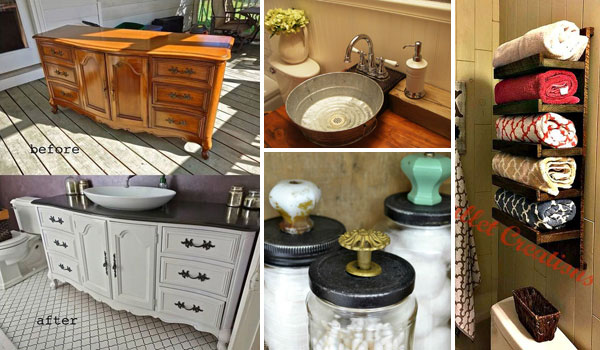Best 20 Ideas to Make Your Window Wells Look Awesome
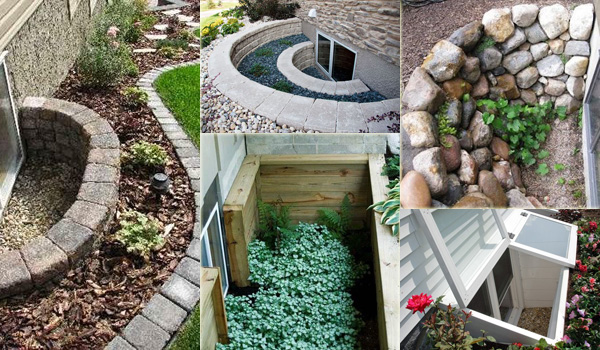
If you have a basement, you surely know the importance of window wells, especially if you’re renting out that space. Being in a basement without natural light can be dreary, but a window well can help resolve that problem. To install a window well, you need to start by clearing out the space around the window and then installing a window in the basement. Next, you’ll need to support the surrounding ground with a window well. It’s important to have a good design in mind and plan your decor carefully; otherwise, your window well might end up being an eyesore. To help inspire you, check out these 20 brilliant window well ideas.

(Above image)With its impressive size, it’s easy to overlook the fact that the window sits below grade level. The seamless blend between the well’s stonework and the house’s exterior adds to its visual appeal, creating a cohesive and polished look. Beyond its practical function, this spacious well offers unexpected benefits—when winter arrives, it transforms into the perfect bunker for an epic snowball fight.
Seamlessly Integrated with the Deck
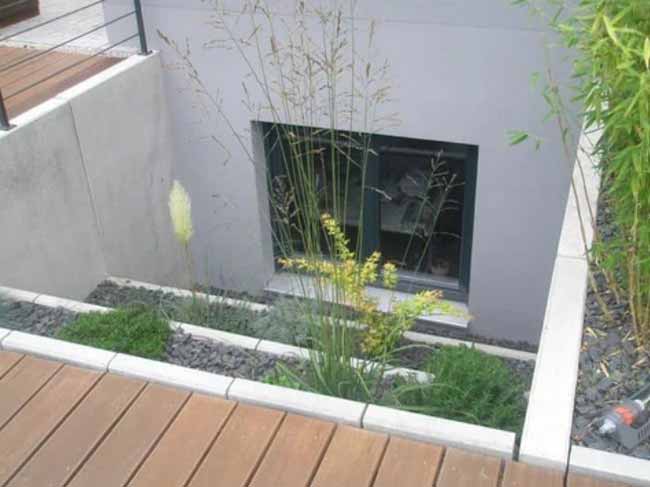
Wood, gravel, plants, and concrete might not seem like a typical combination for window wells, but in this case, it’s a perfect match. The sleek concrete walls blend effortlessly with the home’s design, creating an extension of the house itself. The rich wood tones complement the concrete beautifully, while the plants find their ideal spot nestled in the gravel that fills the tiered steps leading from the window to the deck.
Bring Life with Flowers
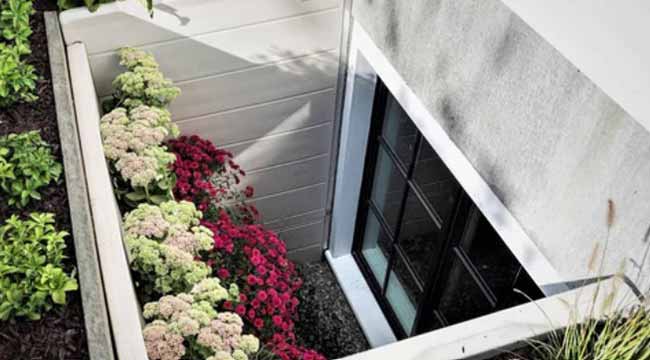
Adding vibrant flowers is an easy way to inject energy and color into an otherwise dull space. Stacked planters placed in the window well, filled with bright blooms, can dramatically improve the view from inside. Just keep in mind the amount of sunlight your window well receives—if it’s on the shadier side, consider flowers that thrive in low-light conditions to keep them flourishing.
Maximize Space with a Double Window Well
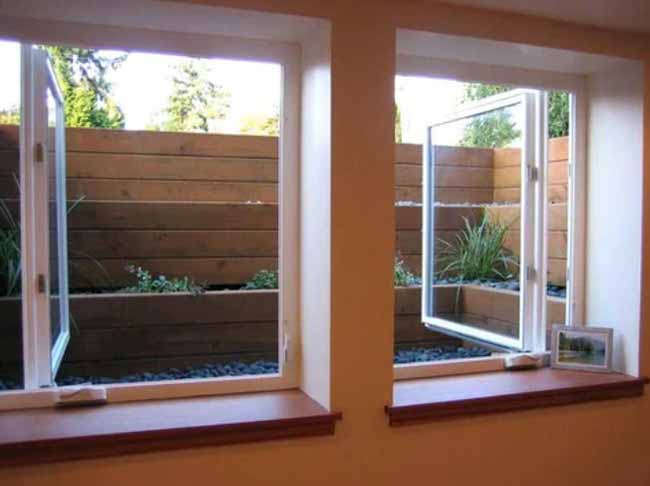
Who says two egress windows need two separate window wells? When two windows are positioned closely together, one larger window well can serve both, offering a more spacious escape route. This approach not only provides ample room for anyone exiting through the window, but it also invites more natural light into the lower levels of the home, enhancing the overall ambiance.
1. What is a Window Well and Why Do You Need One? Exploring Different Styles of Window Wells
A window well is an excavation in a semi-circular shape surrounding a basement window. they are essentially excavated areas around basement windows that provide access to the outside. You might be wondering why you would need a window well in the first place.
Well, one of the main reasons is safety. In case of an emergency, a window well can provide a way to escape from the basement. Additionally, window wells help prevent moisture damage to the windows of the basement that are below ground. They keep the soil away from the openings while at the same time allowing sunlight to enter a below-grade room. When it comes to window well styles, there are endless possibilities. From simple, utilitarian designs to more ornate and decorative options, you’re sure to find a style that suits your needs and preferences.
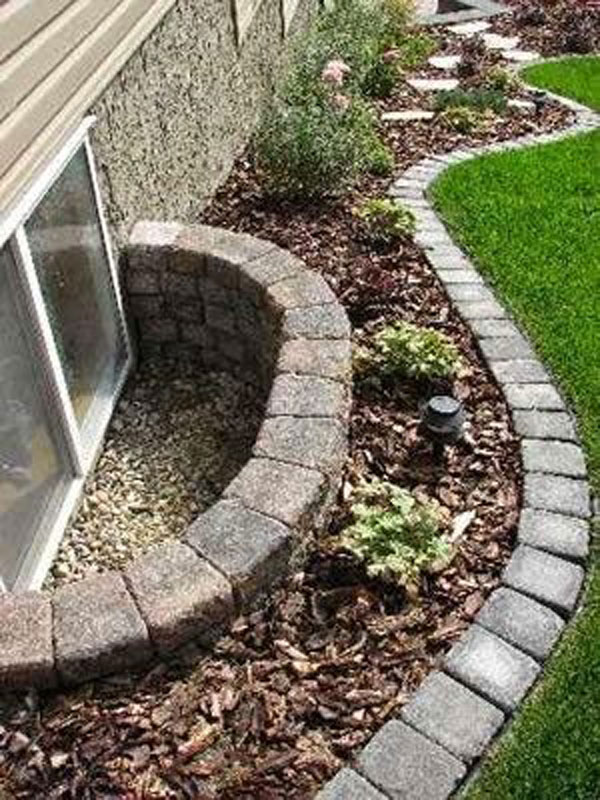
A deep, curved window well made from grey stone blocks blends seamlessly into a landscaped garden bed topped with dark wood chips.
The same stones form a tidy border that separates the garden from the lawn.

Bright white wooden frames form deep window wells, each topped with hinged glass lids that open like doors.
Surrounding the setup is a lively flower bed bursting with red and pink roses against the home’s white siding.
2. How Do You Build a Basement Window Well? What Materials Are Typically Used for Installation?
If you want to add a window well to your basement, you’ll need to start by digging out the area around the window. This might seem like a daunting task, but with some elbow grease and a little patience, you can get the job done. Once you’ve dug out the area, you’ll need to construct a barrier to prevent soil and debris from falling into the well.
There are several materials that can be used to construct the barrier, each with its own pros and cons. For example, plastic is cheap and easy to install, but it doesn’t hold up well over time. Steel is strong and durable, but it can be expensive. Fiberglass is lightweight and weather-resistant, but it can also be costly. Finally, concrete is extremely durable and long-lasting, but it can be challenging to install.
Whichever material you choose, it’s important to ensure proper drainage to prevent water from accumulating in the well. If you’re unsure about the installation process, it’s always a good idea to consult a professional or follow guidelines to ensure that your window well is installed safely and correctly.
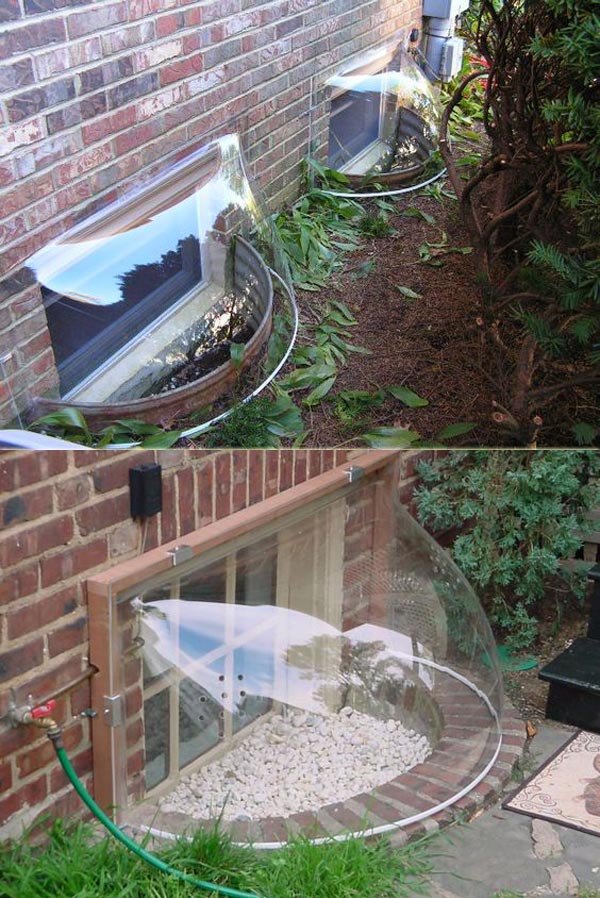
A clear, molded plastic cover arches gracefully over the window well, keeping out rain and leaves while still letting in plenty of sunlight.
It’s fixed directly to the brick foundation, sheltering the gravel-filled space below.
3. Basement window well cover ideas
If you want to put covers on your basement windows, you can buy ready-made covers that are cheap. But it’s better to make your own covers. That way, you can make a cover that suits your needs instead of trying to change a ready-made one. Before you start, think about these things:
Waterproofing: A solid cover that slopes downward is necessary to keep your wells dry.
Safety: Your cover should prevent people from falling into the window well or support them if they do walk on it.
Light: If you use your basement frequently and require ample light, a transparent cover is the best option. However, if you use your basement primarily for storage, an opaque cover may suffice.
Pests: To keep pests out, your cover should be sealed tightly.
Ventilation: If your window well is meant for air circulation, a grate is more suitable than a solid cover.
Egress: If you need to cover an egress window, ensure that the cover can be easily opened from the inside and won’t obstruct anyone trying to escape during an emergency.
With these considerations in mind, you can create window well covers that are perfect for your needs.
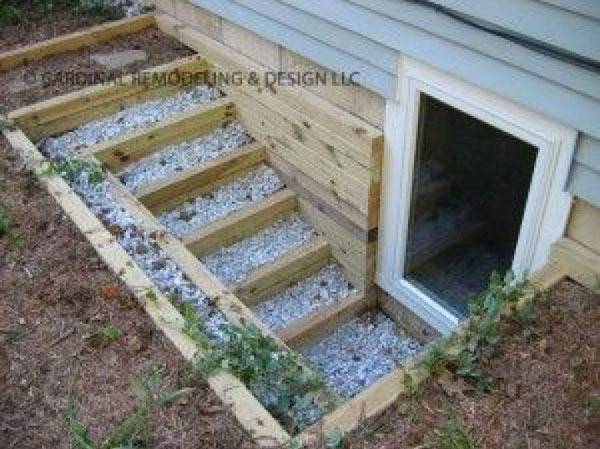
Wooden planks create a tiered egress well, stepping down toward the basement window.
Each step is filled with gray gravel, and green vines are beginning to weave their way over the timber frame.
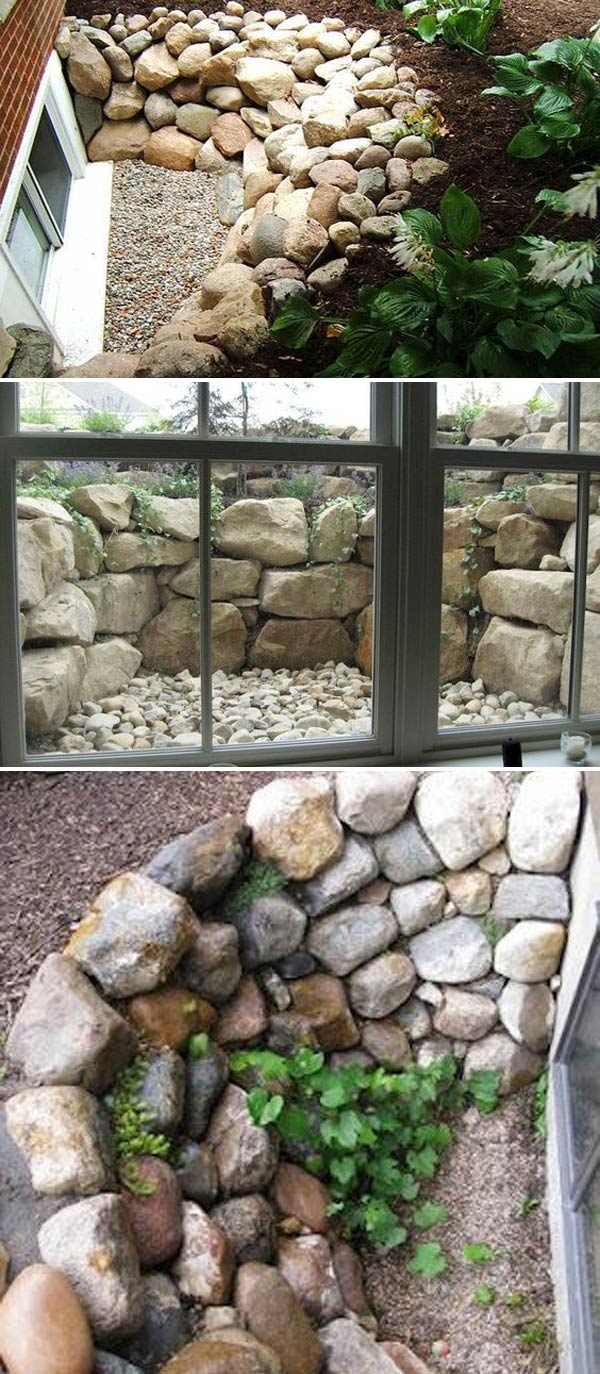
Large, weathered stones of different shapes and sizes are carefully stacked into a curved wall.
From inside, the window opens to a small rock garden where green plants sprout between the stones.

Big, rugged boulders are arranged to form a dramatic window well complete with a gentle waterfall.
Water trickles over the rocks into a gravel basin, with greenery and purple flowers tucked into the crevices.
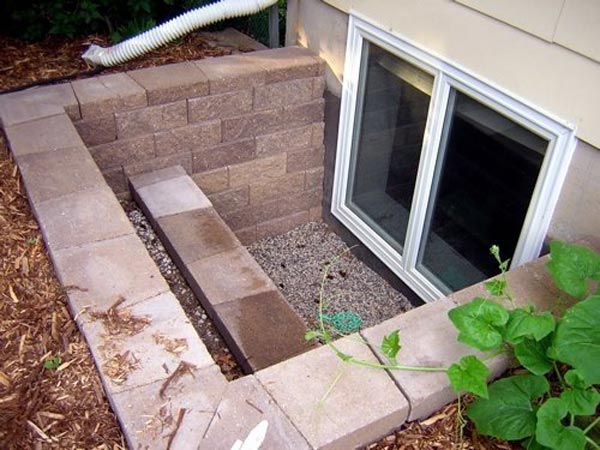
Sandy-brown retaining wall blocks are stacked in tiers to form a simple, stepped window well. The bottom is filled with gravel for drainage, and a single vine drapes over the edge.
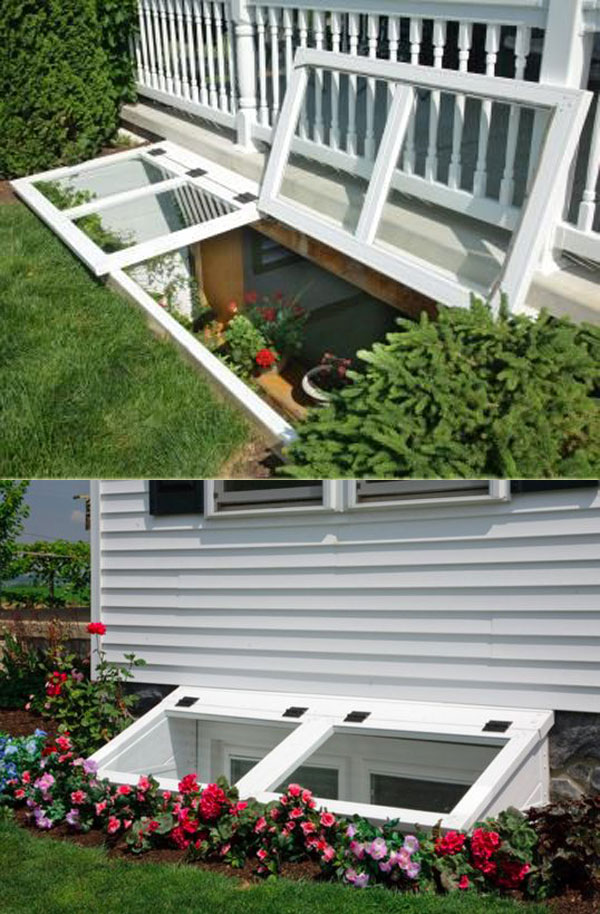
A sturdy white-framed cover with multiple glass panels shields this wide window well. Hinged at the back, it can be lifted open and propped against the lawn for easy access.
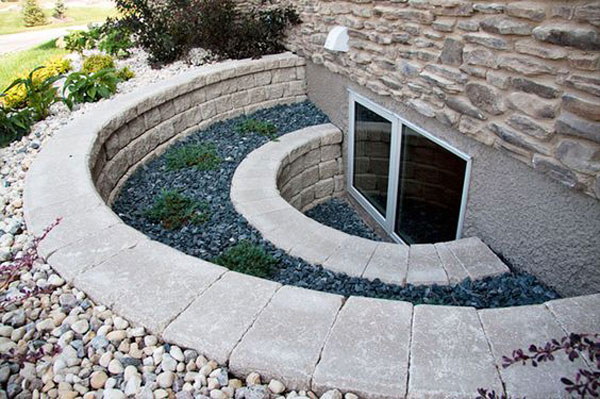
Smooth, pale blocks form an elegant S-shaped, tiered window well. The curves are filled with dark crushed stone, contrasting nicely with the walls and offering space for a few small plants.
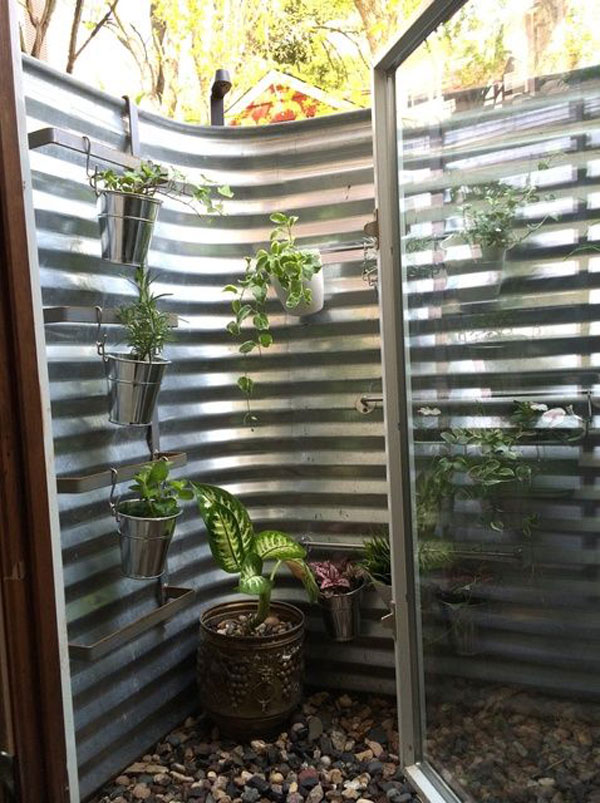
Corrugated metal lines the inside of this window well, giving it an industrial twist. Metal brackets hold potted plants — from trailing vines to herbs — in small buckets that add a touch of green to the space.
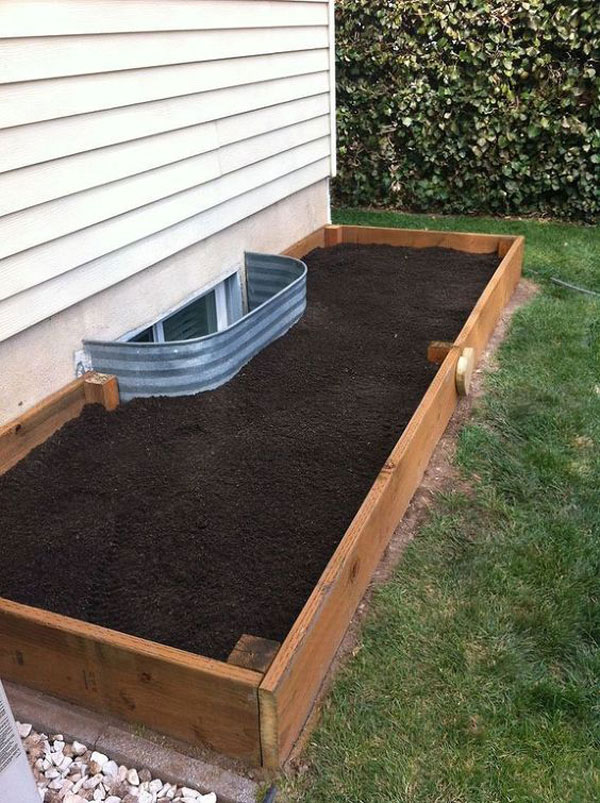
A standard metal window well is transformed by surrounding it with a large, wood-framed raised garden bed. Fresh, dark topsoil fills the space, ready for planting.
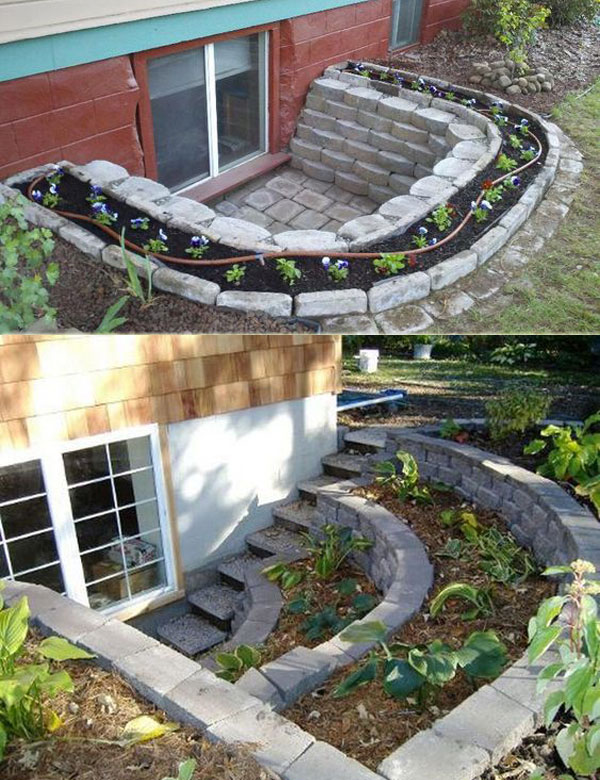
Curved window wells built with retaining wall blocks create multi-level terraces. In one example, the tiers serve as slim planters for flowers, while another design turns them into a grand, walk-able staircase garden.
This clever design combines an egress window well with a beautifully integrated garden, creating both a functional and visually appealing space. At the heart of this setup is a sturdy, well-placed staircase that leads smoothly down to the lower levels.
In an emergency, this thoughtfully designed walkway provides a quick and safe escape route, ensuring residents can exit the home with ease. Beyond safety, the staircase also serves as a convenient pathway for gardening enthusiasts, allowing easy access to the lower section of the garden. Whether for practicality or aesthetics, this dual-purpose feature enhances both security and outdoor enjoyment.
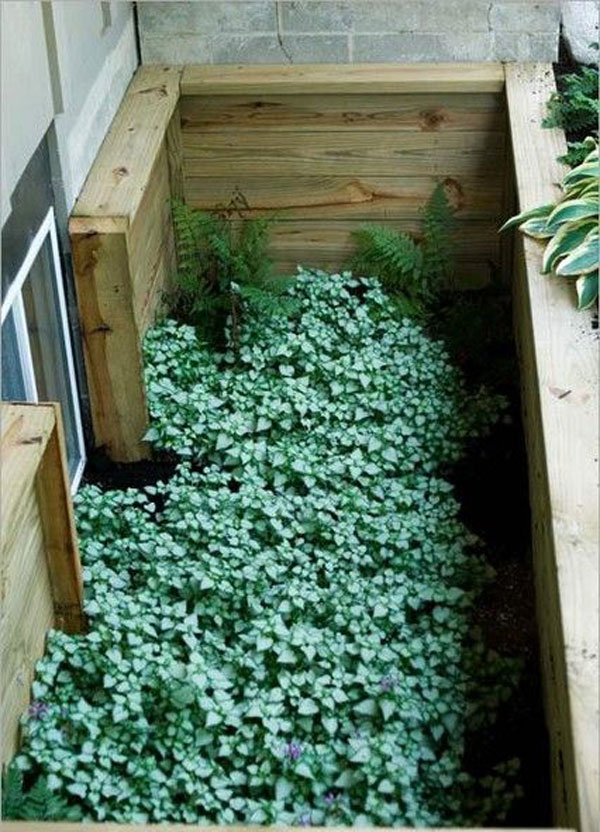
Instead of gravel, this wooden window well is filled entirely with lush ground-cover. Silvery-green leaves form a thick carpet of foliage, with a few ferns tucked toward the back.
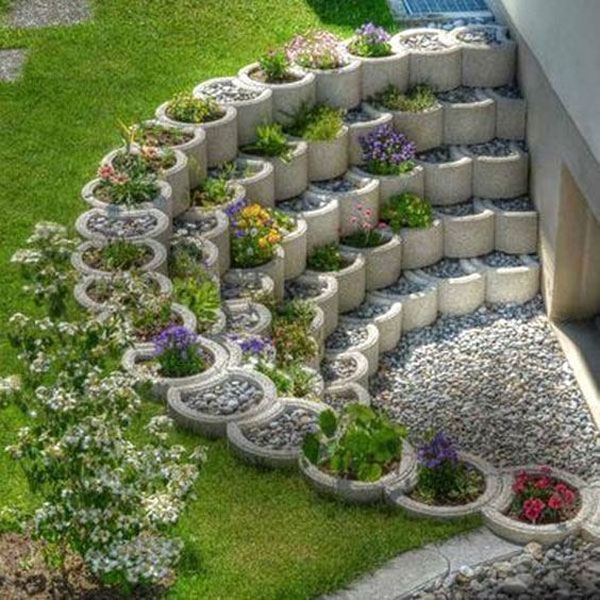
On a sloped yard, interlocking concrete planters are stacked to form the retaining wall. Each circular section holds gravel or a small burst of colorful flowers, turning the wall into a vertical garden.
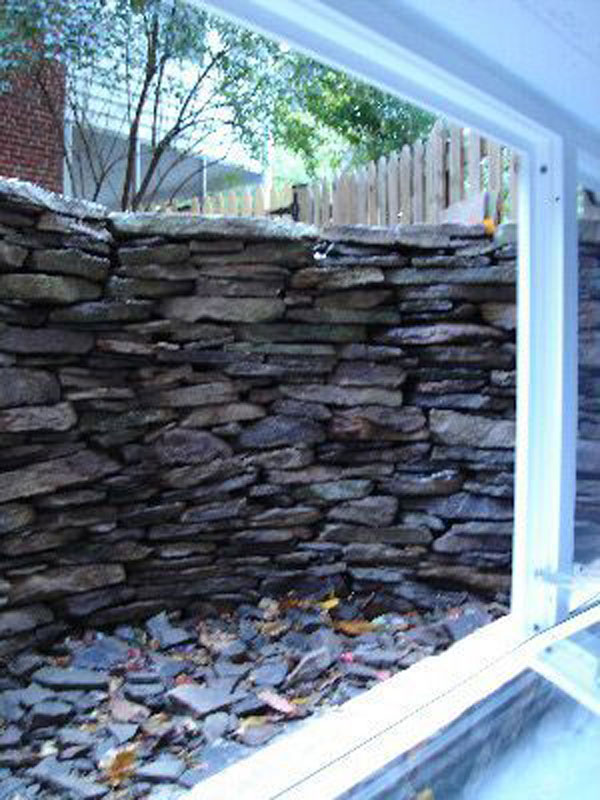
From the basement, the view is of a rustic wall made from dark, stacked flagstone. Below, loose stone pieces and scattered autumn leaves create a rugged, natural feel.
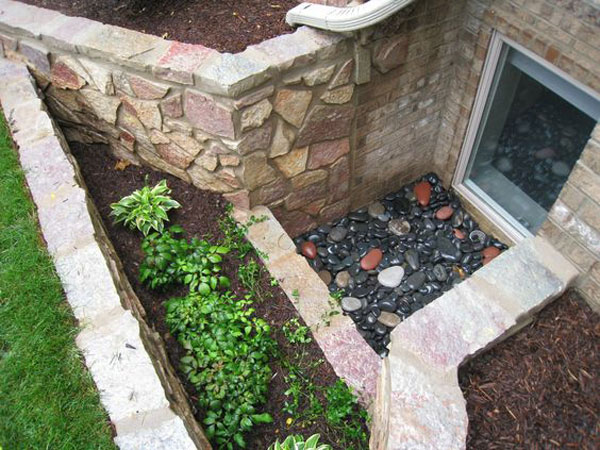
This design neatly separates plants from the drainage space. Smooth, dark river rocks fill a small pit in front of the window, while a raised tier holds hostas and other leafy plants.
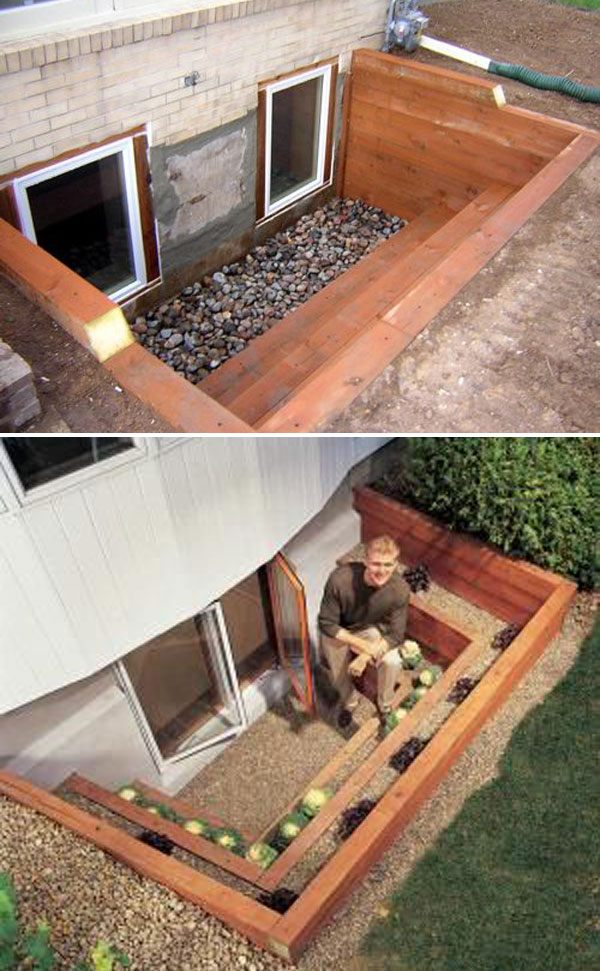
This isn’t just a window well — it’s a sunken patio right outside the basement. Wide, tiered wooden steps double as seating, and the different levels are used for planting.
Although more costly than traditional corrugated metal, wooden window wells offer a far more natural and visually appealing design. Their organic look helps them blend seamlessly into the surrounding landscape, making the outdoor space feel more cohesive and inviting.
Beyond aesthetics, wood provides excellent versatility—it can be shaped and customized with ease. This flexibility allows for built-in steps, as seen in this example, enhancing both accessibility and functionality while maintaining a warm, rustic charm.
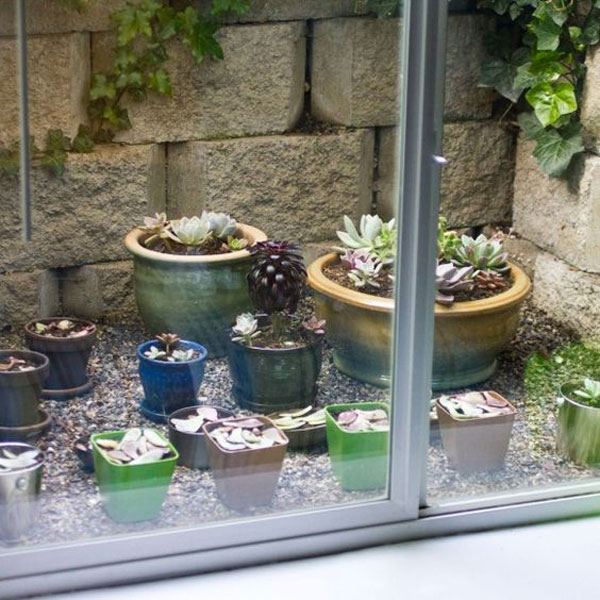
This well becomes a display garden for potted succulents. A mix of colorful plants in various pots sit on the gravel floor, soaking in the sunlight.
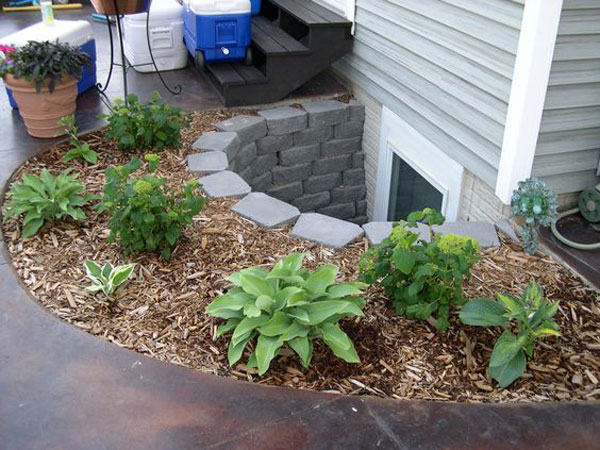
A simple, curved window well built from dark stone blocks sits within a large mulched garden bed. Flat stepping stones are laid on the mulch, forming a casual path from the patio to the well.

